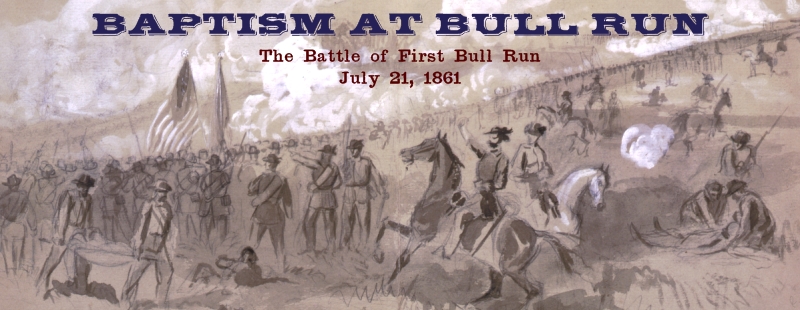
V. "There is Jackson standing like a stone wall!"
While the battlefield commanders worry about directing their soldiers from one hour to the next, it is the responsibilty of the army commander (and his staff) to coordinate and supervise events that affect the "big picture" of a battle. In Baptism at Bull Run, commands that are issued during a turn are divided into field commands and staff commands. Staff commands are the topic of this design diary entry. (Field commands were covered in the previous design diary entry.)
During the initial design of the game's command system, it became apparent to me that some commands dealt directly with combat operations while others dealt with logistical concepts. It was important, I felt, that some commands (i.e., field commands) be issued at a player's discretion (that is, in any order and any number of times in the same turn), while still others needed to be issued in a specific sequence (due to timing issues). The Staff Command Phase was the result.
There are three staff commands available in the game (issued in the following order during the Staff Command Phase of a turn). They are:
- Reorganize
- Rally
- Mobilize
The reorganize command allows units in reserve, in the same locale to merge or split. Specifically, either: (a) two small units may merge into one large unit, or (b) one large unit may split into two small units. Reorganize commands may be issued to multiple locales during a game turn. Reorganizations do not affect an army's morale.
An example of a (split) reorganization follows (before and after):
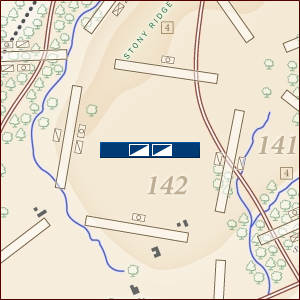 |
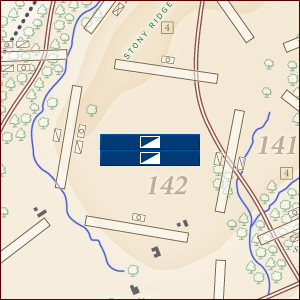 |
| Pre-Reorganize | Post-Reorganize |
A rally restores disrupted infantry units to limited combat effectiveness. Specifically, each pair of disrupted infantry units in reserve, in the same locale that rally is replaced by a single 1-strength infantry unit. Each rally requires at least one normal unit (non-disrupted, and of any type) to be in reserve with the rallying units. Rally commands may be issued to multiple locales during a game turn. Each rally increases an army's morale. (Morale will be covered in a future design diary entry.)
An example of a rally follows (before and after):
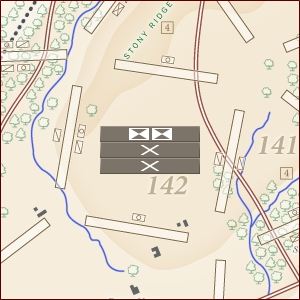 |
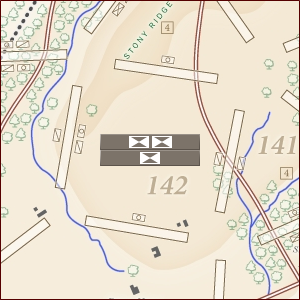 |
| Pre-Rally | Post-Rally |
At the Battle of First Bull Run, the most famously reported rally was that of the 4th Alabama regiment (CSA). Having suffered heavy casualties and in retreat, the regiment was rallied and returned to the fight by General Bee, who is reported to have uttered the now legendary phrase, "There stands Jackson like a stone wall!"
The mobilize command allows reinforcement units to enter play. Each army has four sets of reinforcement units available. Only one mobilize command may be issued per turn. Mobilization reduces an army's morale. The deduction in morale reflects a number of factors from the army commander's point-of-view, including the effect of committing his reserves and the army's ability to fight a protracted campaign (namely, reserves 'spent' today aren't available to fight tomorrow). Mobilized reinforcement units enter play at any one of a handful of 'reinforcement entry locales' on the edge of the map.
The next design diary entry will cover the remaining phases of the game and reveal the sequence of phases within a turn.
Released: 2008-06-13 12:45 EDT.
For questions and/or feedback, please send e-mail to: baptismatbullrun@....com (Click the hyperlink to reveal the e-mail address.)
Further discussion about Baptism at Bull Run can be found at either of these game hobbyist websites: BoardGameGeek ConsimWorld